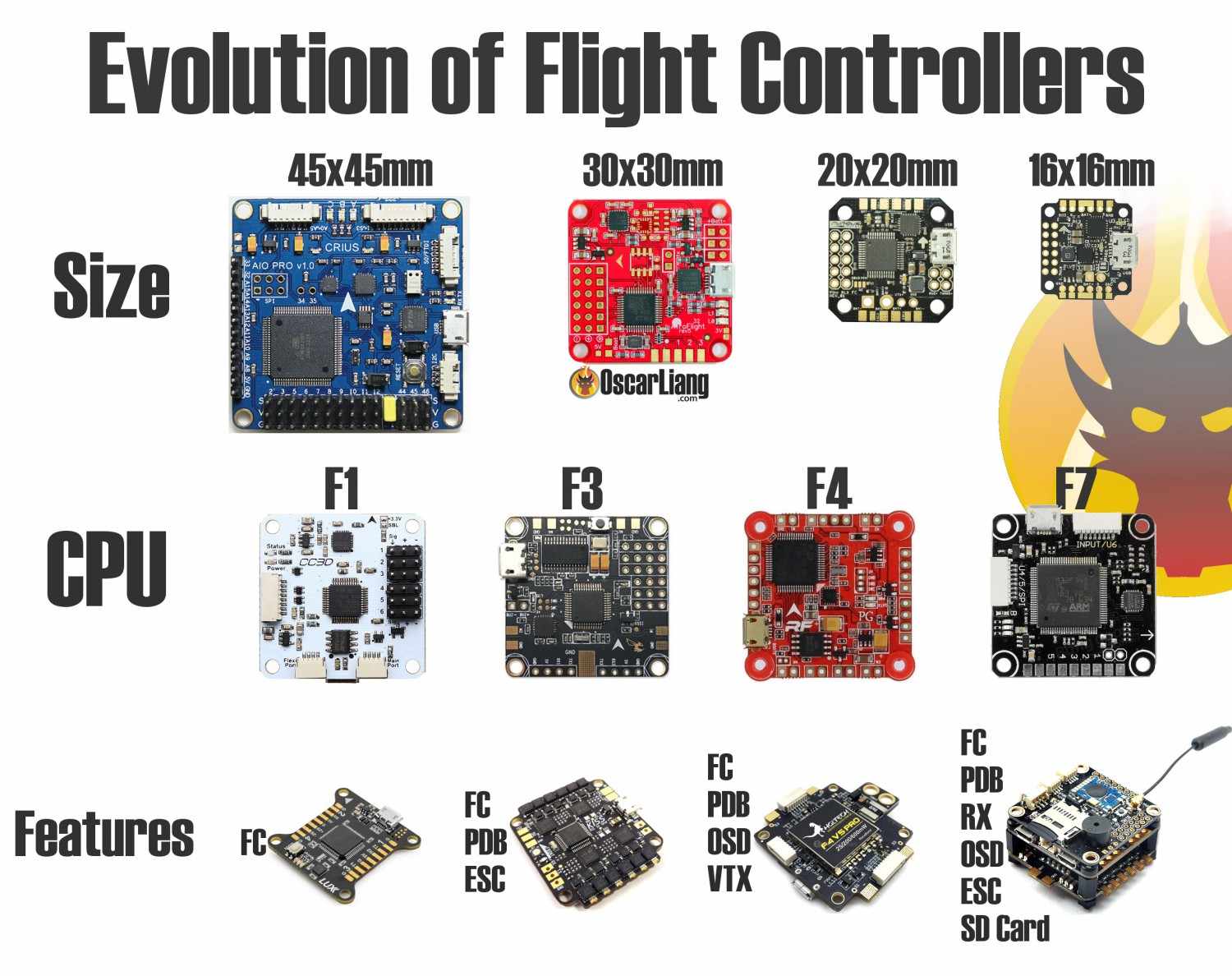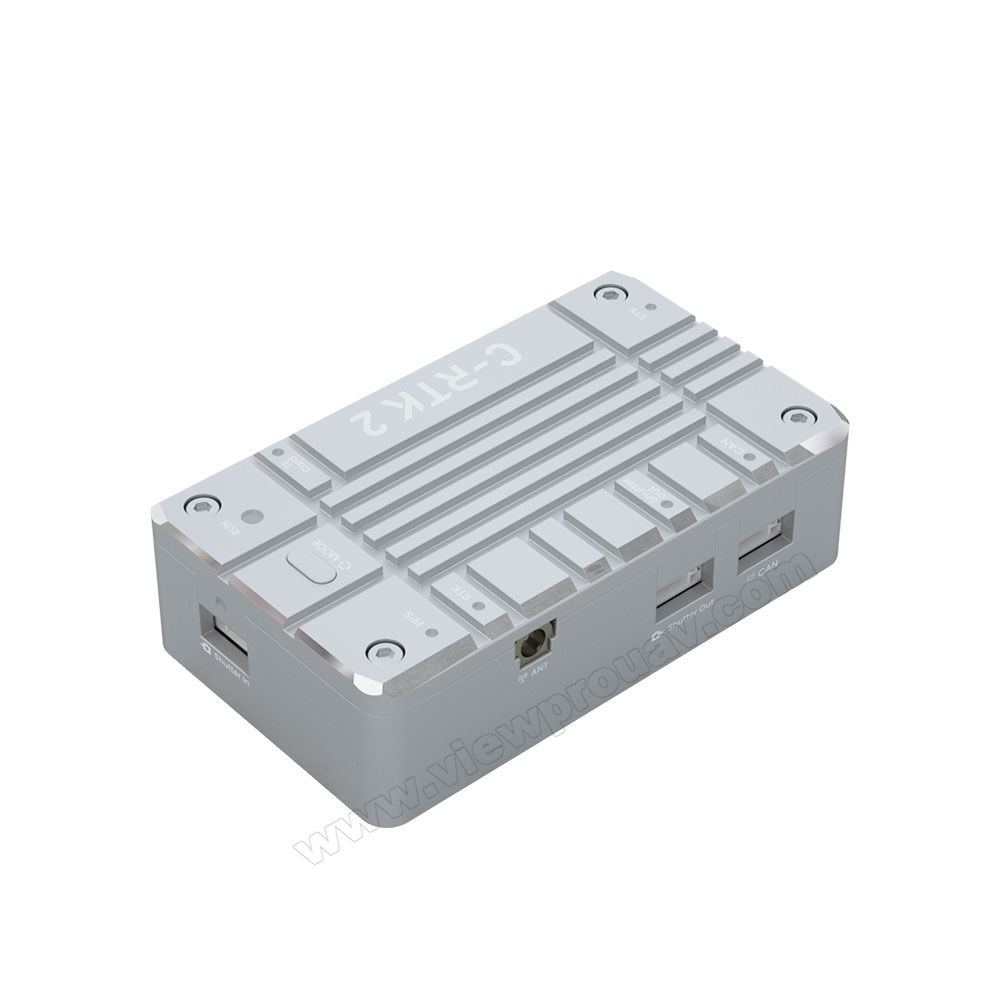Unrivaled Accuracy: SparkNavi Drone Flight Controller and GNSS/INS Made in Taiwan
Unrivaled Accuracy: SparkNavi Drone Flight Controller and GNSS/INS Made in Taiwan
Blog Article
Comprehending the Essential Features and Functions of a Drone Flight Controller for Ideal Aerial Performance
The trip controller offers as the crucial part in a drone's style, coordinating its movements and ensuring stability through a sophisticated interplay of data and sensing units handling. Recognizing the essential attributes and features of these controllers is essential for maximizing aerial efficiency, as they dictate not only navigational precision however likewise overall safety and reliability. With innovations in modern technology, the landscape of trip controllers is quickly developing, triggering a better assessment of what genuinely defines optimal performance in this important system. What effects do these growths hold for both enthusiasts and specialists in the area?
Review of Flight Controllers
When discovering the globe of drone modern technology, comprehending trip controllers is necessary for both specialists and enthusiasts alike. Flight controllers offer as the mind of the drone, orchestrating its activities and making sure stability throughout flight (SparkNavi drone flight controller and GNSS/INS made in taiwan). They process data from numerous sensors, including gyroscopes, barometers, and accelerometers, to maintain equilibrium and respond to pilot inputs effectively
The architecture of trip controllers can vary substantially, ranging from fundamental versions developed for entry-level drones to sophisticated systems equipped with innovative features for specialist applications. The assimilation of GPS capacities allows specific navigation and positioning, while programmable firmware enables customers to customize flight features to suit their details demands.
Additionally, flight controllers are pivotal in helping with interaction between the drone and the remote control, enabling real-time modifications and telemetry data transmission. Comprehending the various types of flight controllers, including multi-rotor, fixed-wing, and hybrid systems, is critical for selecting the appropriate model for an offered application. Eventually, a detailed grasp of trip controllers not just enhances the flying experience but additionally takes full advantage of the efficiency and safety and security of drone operations.
Key Features of Flight Controllers
Trip controllers play a critical role in taking care of a drone's trip dynamics by performing numerous crucial functions that ensure stability and responsiveness. Among the primary functions is the stablizing of the drone's positioning and altitude. This is attained through the integration of different sensing units, consisting of gyroscopes, barometers, and accelerometers, which constantly check the drone's setting and activity.
.png)
An additional essential feature is the handling of control inputs from the pilot or autonomous systems. The trip controller translates these inputs and readjusts the drone's motor speeds accordingly to achieve the wanted flight path. This consists of handling yaw, pitch, and roll, which are vital for ability to move.
Additionally, trip controllers are outfitted with fail-safe devices. These functions are made to react to vital scenarios, such as low battery levels or loss of signal, by starting predefined activities like returning to the launch point or hovering in position.

Crucial Functions to Consider
When selecting a drone flight controller to ensure ideal performance and integrity,Various crucial attributes must be taken right into account. One vital facet is the controller's handling power, which identifies its capacity to handle complex flight algorithms and real-time information handling. A higher handling internet ability enhances responsiveness and stability throughout flight.
Another important function is the number of supported flight settings. A functional trip controller ought to provide various settings, consisting of acro, elevation hold, and GPS-assisted modes, dealing with various pilot ability degrees and operational situations. In addition, the existence of integrated security attributes, such as fail-safes and geofencing, can dramatically boost operational safety and security.
Compatibility with different interaction methods is also vital, as it makes certain smooth assimilation with various other gadgets and peripherals, such as remote controllers and telemetry systems. The controller's firmware need to be user-friendly and on a regular basis upgraded to include brand-new attributes and optimizations.
Integration With Sensing Units and Systems
A flight controller's efficiency is heavily affected by its capacity to integrate with numerous sensing units and systems. This combination is visit critical as it allows the trip controller to get real-time information needed for reliable flight management. Secret sensors consist of GPS, inertial measurement systems (IMUs), barometers, and magnetometers, each providing vital details pertaining to the drone's position, orientation, and elevation.

Furthermore, advanced trip controllers sustain combination with payload systems, consisting of video cameras and various other sensors, making it possible for enhanced capabilities such as independent navigation and barrier avoidance. This interconnectedness not only enhances the drone's functional capacities yet also expands its application prospective throughout numerous sectors, from aerial photography to agricultural monitoring. Hence, a well-integrated trip controller is fundamental for accomplishing optimum aerial efficiency and guaranteeing the integrity of drone procedures.
Tips for Optimizing Efficiency
To make the most of the efficiency of your drone, numerous vital approaches can be used that focus on enhancing both equipment and software elements. Ensure that the trip controller firmware is up to date.
Proper calibration reduces drift and improves trip security, especially during facility maneuvers. Top quality props can decrease drag and increase flight time.
Additionally, optimize your drone's weight by decreasing unneeded payloads. A lighter drone not just executes better yet try this out likewise expands battery life. Adjust your flight settings, including PID (Proportional, Essential, Acquired) values, to achieve responsive and smooth handling. By carrying out these techniques, drone operators can substantially enhance airborne efficiency, causing an extra enjoyable and reliable flying experience.
Verdict
To conclude, a thorough understanding of drone flight controllers is essential for enhancing airborne efficiency. The integration of key functions and necessary functions, consisting of processing power and security devices, directly influences the security and maneuverability of drones. Effective interaction with different sensing units and systems plays a crucial role in accomplishing accurate navigation and operational performance. By focusing on these aspects, drivers can substantially raise the performance and dependability of their drone systems in varied applications.
Trip controllers offer as the brain of the drone, orchestrating its activities and making sure security throughout trip.Trip controllers play an essential role in handling a drone's trip dynamics by implementing numerous key functions that guarantee security and responsiveness. The trip controller interprets these inputs and readjusts the drone's motor speeds accordingly to accomplish the desired flight course.Many crucial features must be taken into account when selecting a drone trip controller to make certain ideal performance and integrity. Thus, a well-integrated trip controller is fundamental for achieving optimum airborne performance and making certain the reliability of drone procedures.
Report this page